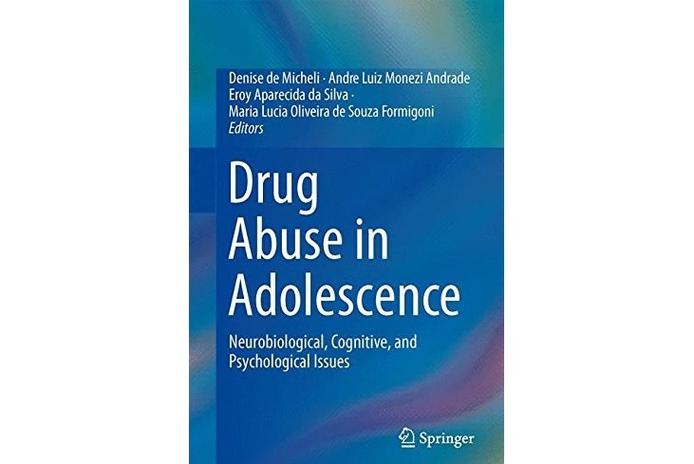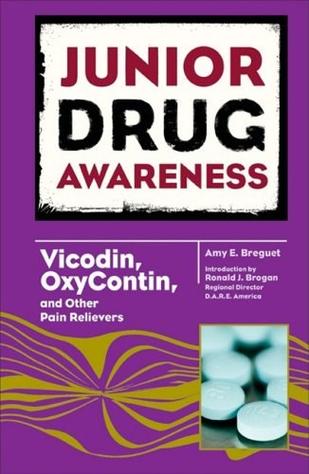
Understanding Alcohol-Induced Bone Disease
Alcohol-induced bone disease is a significant health concern that affects millions of people worldwide. This condition is primarily caused by excessive alcohol consumption, which can lead to a variety of skeletal complications. One of the most critical aspects of this disease is its impact on osteoblast proliferation, the cells responsible for bone formation. In this article, we will delve into the multifaceted effects of ethanol on osteoblasts and their role in bone disease.
The Role of Ethanol in Bone Remodeling
Ethanol, the primary component of alcoholic beverages, has been extensively studied for its effects on bone health. When consumed in excess, ethanol can disrupt the delicate balance of bone remodeling, which is a continuous process involving bone resorption and bone formation. This disruption can lead to a decrease in bone density and an increased risk of fractures.

Direct Effects on Osteoblast Proliferation
Ethanol has been found to directly impact osteoblast proliferation, which is crucial for bone formation. Studies have shown that ethanol can inhibit the proliferation of osteoblasts, leading to a decrease in bone mass. This inhibition is thought to be due to the alteration of signaling pathways involved in osteoblast differentiation and function.
Altered Signaling Pathways
One of the key signaling pathways affected by ethanol is the Wnt/尾-catenin pathway, which plays a critical role in osteoblast differentiation and function. Ethanol has been shown to inhibit the activation of this pathway, leading to a decrease in osteoblast proliferation. Additionally, ethanol can also disrupt the RANKL/OPG signaling pathway, which is essential for maintaining bone homeostasis.
Cellular Mechanisms
The cellular mechanisms by which ethanol affects osteoblast proliferation are complex and multifaceted. Ethanol can induce oxidative stress, which can damage cellular components and impair osteoblast function. Furthermore, ethanol can also alter the expression of genes involved in osteoblast differentiation and function, leading to a decrease in bone formation.
Impact on Bone Remodeling
The decrease in osteoblast proliferation caused by ethanol can have significant implications for bone remodeling. With fewer osteoblasts available to form new bone, the balance between bone resorption and bone formation is disrupted, leading to a decrease in bone density. This can result in conditions such as osteoporosis, which is characterized by weak and brittle bones.

Prevention and Treatment
Given the detrimental effects of ethanol on osteoblast proliferation and bone health, it is crucial to address this issue. Prevention strategies include reducing alcohol consumption and promoting healthy lifestyle choices. Treatment options may involve medications that can help restore bone density and improve bone health. Additionally, researchers are exploring the potential of stem cell therapy and gene therapy to treat alcohol-induced bone disease.
Conclusion
In conclusion, alcohol-induced bone disease is a serious health concern that can have significant consequences for bone health. The impact of ethanol on osteoblast proliferation is a critical aspect of this disease, as it directly affects bone formation and remodeling. Understanding the mechanisms by which ethanol affects osteoblasts can help in developing effective prevention and treatment strategies for alcohol-induced bone disease.




